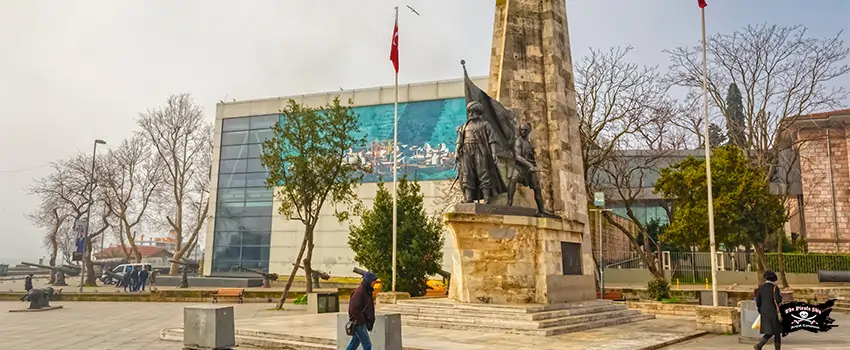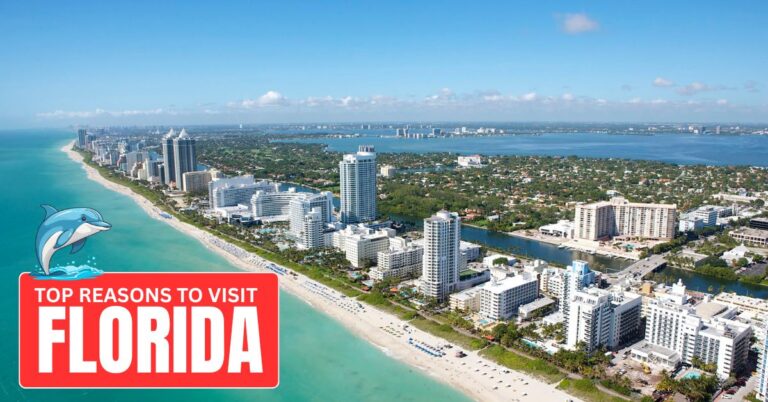The name Hayreddin Barbarossa remains alive to date in pop culture.
Hector Barbossa, a character from the award-winning “Pirates of the Caribbean” film series, was inspired by Hayreddin Barbarossa. If you’ve seen your fair share of pirate movies, you’ll see how much of the pirate image resembles the Mediterranean pirates like Barbarossa.
Let’s take a look back at the lives of Hayreddin and Oruc Barbarossa, and discover how they began their lives as pirates. Find out how they gained their reputation as some of the most feared pirates that ever sailed the high seas.
Barbarossa Brothers: Brothers in Piracy
The Barbarossa brothers, Oruc and Reis, came from humble beginnings. Their father was a Christian renegade who was also a member of the Ottoman army. Before Hayreddin entered the world of piracy, Oruc was the first to seek adventure in the open sea.
A little backstory: Oruc was the first to carry the infamous nickname Barbarossa. The Italians heard that he was called “Father Oruc” or “Baba Oruc,” which they translated as Barbarossa, meaning red beard. Oruc did have a red beard, and although Hayreddin’s hair had no touch of red, he was given such a moniker.
It’s uncertain whether Oruc was part of a merchant vessel or a powerful Ottoman army sometime in the 1500s. The ship he was in was seized and captured by a Christian military order. He was enslaved for two years before escaping and reuniting with his brother.
They settled somewhere in Tunisia, a place where privateers stayed. It was at this time that they started their careers as pirates. It’s no question that the Barbarossa brothers pirates were born to do this. Their onslaught on Christian ships led to an impressive accumulation of loot. Even the emir of Algiers was so intrigued by this that they became brothers-in-arms.
A Dream For a Pirate Haven
With their alliance with the emir of Algiers, they commanded several ships in their pursuit of the Spanish forts nestled in North Africa. Oruc Barbarossa lost one of his arms during one of the attacks. Their successes led Oruc to dream bigger: a North African kingdom for himself.
In 1516, his chance to achieve this dream became a reality. The emir of Algiers requested his aid in overthrowing the Spanish forces, who settled on one of the island fortresses. Because of his stepping up, the emir was booted out of the picture. Of course, Oruc grabbed the opportunity to rule the Peñón of Algiers.
Rumor has it that the emir drowned. This situation didn’t stop Oruc from moving forward. He appointed himself sultan, to the delight of Hayreddin and their growing believers. With no time to waste, Oruc captured Tlemcen and Ténès, achieving his dream of having a North African kingdom to rule.
The Spanish forces handled Oruc’s knavery with urgency. However, his attacks were against the power of King Charles. In 1518, soldiers from the port of Oran attacked Tlemcen. Oruc managed to flee, but he was later found sitting in a goat pen. The Spanish soldier who found him beheaded Oruc on the spot.
Hayreddin Barbarossa’s Rise to Fame
After the fall of the redbeard pirate, Oruc, Hayreddin took over the Algiers. Hayreddin used his devious schemes on the Ottoman Empire’s Islamic Sultan, Süleyman the Magnificent. The sultan dispatched 2,000 of his elite army to Hayreddin Barbarossa. As such, Algiers became an Ottoman district. Because of this, Barbarossa was able to continue his piracy acts as he managed to conquer more strongholds.
However, not everything went according to his plans. The Spanish forces were still holding down the Peñón of Algiers. In 1529, Hayreddin attacked the garrison stationed in the area.
Corsairs across the Muslim world went to Algiers in the hopes of gaining fortunes for themselves. When one of Charles V’s admirals captured parts of Ottoman Greece, the Süleyman summoned Hayreddin Barbarossa. His successful feat spread like wildfire.
Hayreddin took this chance to make an impression on the sultan. He filled his ships with gold cups, silver, gold cloth, silk, lions, tigers, and camels. He also had 200 women on board. Such gifts blew the Sultan’s mind, so he made Barbarossa the Ottoman fleet’s admiral-in-chief.
With so much power in his hands, Hayreddin became one of the most feared pirates in the 16th century. Even the Italian coast wasn’t spared from his wrath. He tried to detain Countess Giulia Gonzaga, who escaped from him. However, he had bigger fish to fry. His primary target was Tunis, which he successfully took over in 1534.
However, King Charles V retaliated. He was able to regain control of Tunis after sending his military expedition. Hayreddin was out for blood after he lost Tunis. As vengeance, he fooled the garrison on the island of Minorca by hoisting Spanish flags, allowing him to enter the area unscathed.
The garrison tried to defend the place but to no avail. Hayreddin made promises that he could not keep. He destroyed the city and took hundreds of people whom he later put up for sale as slaves.
Hayreddin’s Battle in Preveza, Greece
Throughout his stint in the world of piracy, Hayreddin’s 1538 battle in Preveza, Greece, remains the most famous one. He had reinforcements from different locations such as Genoa, Portugal, Malta, and Venice.
Instead of ships, he used galleys, which are believed to be the key to his success. Galleys were far more reliable and easy to maneuver because they didn’t depend on the wind, unlike ships. Using 122 galleys, he seized 300 ships. His victory in Preveza further strengthened the Ottoman Empire.
In 1545, he retired and spent the remainder of his life in Istanbul. On July 4, 1956, Hayreddin took his last breath. His remains lie in the Barbarossa mausoleum in Istanbul. Today, he is a naval hero to many.
Have An Experience of a Lifetime With Sunshine Scenic Tours
Experience the life of the Barbarossa brothers pirates.
Sunshine Scenic Tours offers an affordable pirate cruise in John’s Pass. Let your dream of becoming a pirate become a reality. Our cruise is family-friendly. Children of all ages are sure to have the time of their lives. Book spots for you and your family in advance. Climb aboard, matey!











